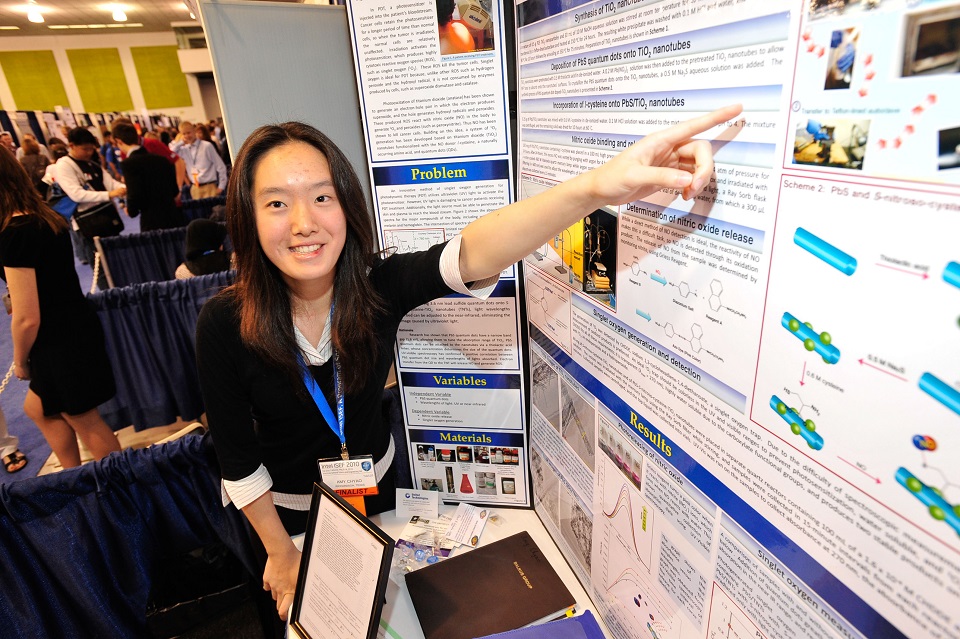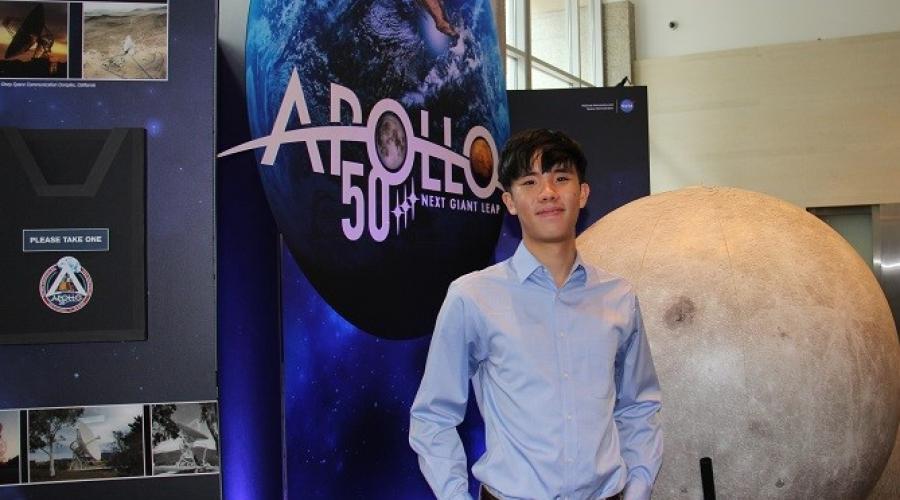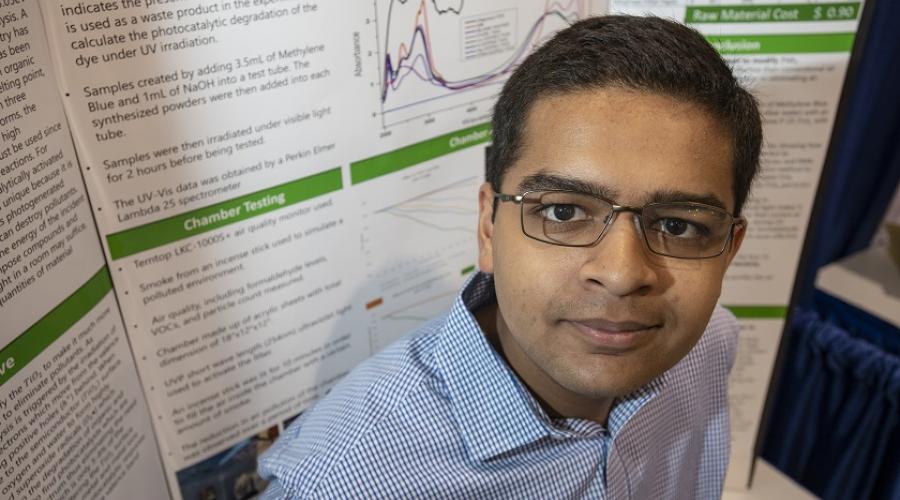Intel ISEF 2011 Symposia: Engaging More Students in Science
By Randa Flinn, 2010 SSP Fellow
Camping under the stars in the classroom, comparing homemade telescopes, and making light art, these are just some examples of what the International Grammar School in Sydney, Australia is doing in its unique science program.
Mia Sharma’s presentation, “Engage More Students in Science through Contextualized and Differentiated Programming and Assessment,” helped enlighten educators at the 2011 Intel ISEF. This program makes science relevant because it is practical, skill-focused, multidisciplinary, and analytical, Mia told the attendees. “It increases awareness of science in daily life, improves engagement and lifelong learning skills while helping students to feel successful in science.”
Instead of the typical Biology, Chemistry, and Physics courses, each year teachers teach themed units, and choose syllabus dot points from each of the above disciplines that fit the program. Some examples of themed programs include Forensics, War and Disease, What People do to the Planet, and Science of Music and Art. For each program, teachers choose activities, experiments, excursions, and hands-on projects from biology, chemistry, and physics that relate to the program being studied. For instance, in the Science of Architecture program, students compare building materials in developed and developing countries; test materials for strength, flexibility, and conductivity; and study the physics behind the mechanics of an elevator, heating, insulation, and earthquake resistance. They calculate and analyze their energy usage at home using their electric and gas bill. They study plate tectonics, geology, and wind resistance. Everything they study relates in a meaningful way with a practical focus.
Assessment is divided into three levels of difficulty, all within the same class: Fundamental, Intermediate, and Advanced. All students must complete examinations at the Fundamental and Intermediate levels. Some may choose to complete the Advanced level.
The program is augmented with another feature: Wide Reading. One hour per week, all students stop and read a science-related book, article, or blog. While students have a choice of the reading, they must meet a requirement of choosing within a type or genre and from a list.
Results show that achievement has increased significantly. It is rare for students to pass with Distinction and even more rare to have any with High Distinction. In 2009, only one student earned Distinction and one High Distinction. Mia said in 2010, with this program “After the first semester, 12 students scored with Distinction, and two passed with High Distinction. Second semester, 10 earned Distinction, and seven High Distinction.” Additionally, all students passed in 2010.
Anecdotal evidence also indicates students’ increased interest. Mia said she has heard students say “Science is less boring” and “The way we did it was interesting and how we related experiments to real life was more engaging.” Mia added, “Teachers felt that the program resulted in far fewer classroom management problems and that students asked more questions and made more analogies.”
Overall, she said, the program improves engagement. “It is good for harder to engage students and for arts-focused students,” said Mia Sharma. While meeting all mandated outcomes, it also engages all students and improves achievement.
- Find out more about the International Grammar School in Sydney, Australia www.igs.nsw.edu.au.


